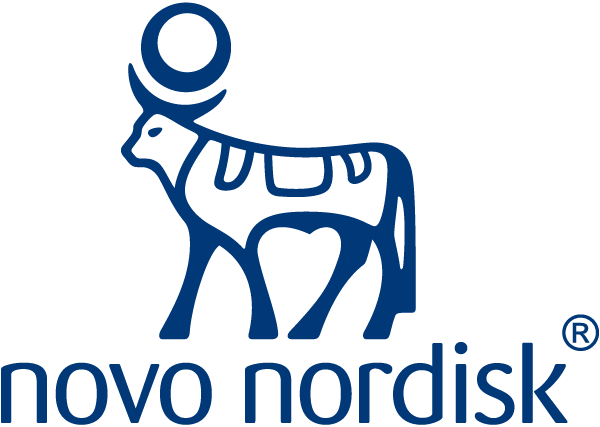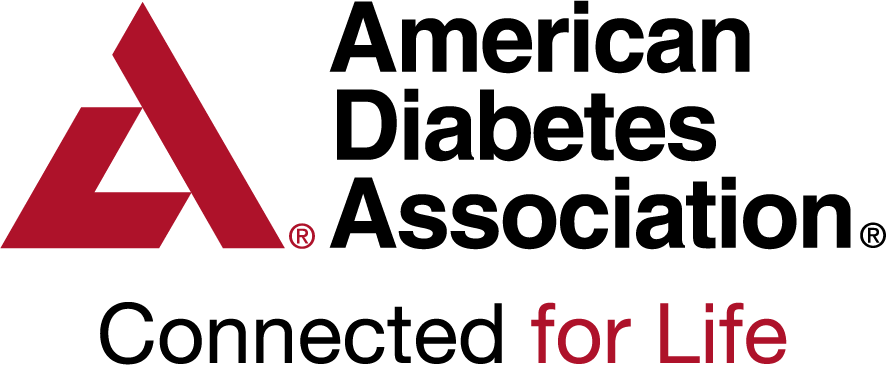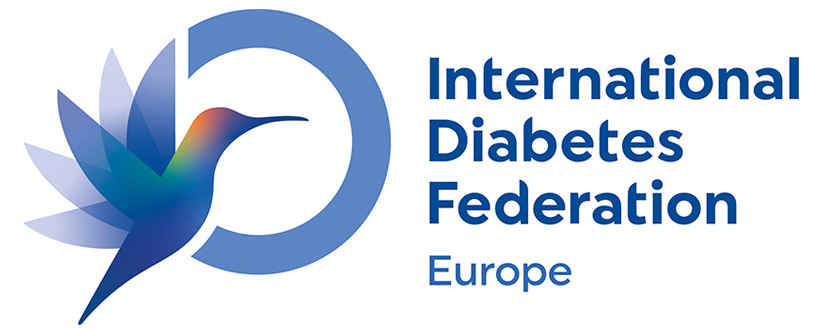Time in Range
Last Updated: February 29, 2024
What exactly is time in range, and why does it matter? This is a basic overview of what time in range is, why it’s important, the correlation between time in range and diabetes complications, recommended time in range goals, how to best measure time in range, and ways to improve time in range, along with links to additional resources. To learn even more about time in range, visit timeinrange.org.
What is time in range?
“Time in range” (TIR) is the percentage of time that a person spends with their blood glucose levels in a target range. The range will vary depending on the person, but general guidelines suggest starting with a range of 70 to 180 mg/dl. (Over time, some people decide to aim for a tighter range, such as 70 to 140 mg/dl.)
.png)
Download our time in range infographic (above) here!
In a single number, time in range captures how your blood glucose levels change throughout the day or over longer periods of time. The example graphics below show various levels of time in range, from 0% to 100%:
.jpg)
.jpg)
.jpg)
.jpg)
.jpg)
Time in range can also be understood as “hours per day” spent in-range. For example, 50% time in range (70-180 mg/dl) means 12 hours per day spent in-range.
Why is time in range important?
Time in range captures the highs, lows, and in-range values that characterize daily life with diabetes. Thinking about blood glucose in terms of TIR offers a nuanced, cause-and-effect understanding of diabetes. For instance, you can see how specific foods or exercises affect your TIR.
By contrast, A1C cannot reveal these relationships. A1C is a measure of average blood sugar over a two to three month period; it cannot capture time spent in various blood glucose ranges throughout the day.
To illustrate the limitations of A1C and the advantages of time in range, see the graphic below that shows three different people – all with the same average blood glucose (154 mg/dl) and the same A1C (7%). However, time spend with high, low, and in-range blood glucose values are markedly different: the first person has a rollercoaster of dangerous highs and lows, the second has moderate variability with fewer highs and lows, and the third person has little variability with all time spent in-range.
(1).jpg)
People living with diabetes experience different energy levels, moods, and overall quality of life when they are “in-range” vs. “out-of-range.” Time in range can capture these differences in a way A1C cannot.
Time in range is correlated with complications
Early studies suggest time in range can effectively predict long-term diabetes complications (e.g., Diabetes Care 2019, Diabetes Care 2018). In a re-analysis of a landmark study (DCCT), researchers found a strong relationship between different levels of time in range and diabetes complications: eye disease (retinopathy) and kidney disease (microalbuminuria). As time in range increased, complications decreased.
.png)
.png)
Time in range goals
Time in range goals are different for every person and may depend on medication, type of diabetes, diet (especially carb intake), age, health, and risk of hypoglycemia. In general, people with diabetes should aim to spend as much time in-range as possible, taking care to avoid hypoglycemia. Experts emphasize that even a 5% change in time in range – for example, going from 60% to 65% – is meaningful, as that translates to one more hour per day spent in-range.
In studies and large real-world data sets, time in range is typically around 50-60% in the average person with diabetes. Recently, researchers published goals for time in-range, above-range, and below-range for various groups of people with diabetes.
.jpg)
Time in range goals for type 1 or type 2 diabetes
For people with type 1 or type 2 diabetes, experts recommend aiming for:
-
At least 70% of the day in 70-180mg/dl (in-range)
-
Less than 4% of the day below 70mg/dl (below-range)
-
Minimize time each day above 180mg/dl (above-range)
.jpg)
Time in range goals for gestational diabetes
For people with gestational diabetes, experts recommend aiming for:
-
At least 85% of the day in 63-140mg/dl (in-range)
-
Less than 4% of the day below 63mg/dl (below-range)
-
Less than 10% of the day above 140mg/dl (above-range)
.jpg)
Time in range goals for medically "frail" diabetes
For people with medically “frail” diabetes, experts recommend aiming for:
-
At least 50% of the day in 70-180 mg/dl (in-range)
-
Less than 1% of the day below 70 mg/dl (below-range)
-
Less than 10% of the day above 250 mg/dl (above-range)
.jpg)
Time in range goals for type 1 diabetes pregnancies
For people who are pregnant and have type 1 diabetes, experts recommend aiming for:
-
At least 70% of the day in 63-140mg/dl (in-range)
-
Less than 4% of the day below 63mg/dl (below-range)
-
Less than 25% of the day above 140mg/dl (above-range)
.jpg)
"Flat, narrow, in-range" (FNIR) blood glucose levels
Consistent, in-range blood glucose levels are sometimes called “flat, narrow, in-range” (FNIR). This is one way to think about “ideal” blood sugars: high time in-range and a flat glucose trend line with minimal time above and below range. People with type 1 or type 2 diabetes can strive for FNIR. On a day with FNIR levels, ask yourself: What made that possible? How can I have more days like that?
How to measure time in range (TIR)
To determine your TIR, you should use at least 14 days’ worth of blood glucose data.
TIR is most accurately measured using a continuous glucose monitor (CGM), although a blood glucose meter (BGM) can also be used.
CGMs provide a constant stream of information about your blood sugar – updating every five minutes – which means that you have a full picture of precisely how many hours of the day you spent in your target range. This includes overnight and after meals, which are usually missed when you rely on fingersticks. If you don’t have access to your own personal real-time CGM, ask your healthcare provider about professional CGM.
.jpg)
If you have a CGM, TIR is calculated automatically in the software/app that comes with your device: Dexcom Clarity Mobile app and Clarity on the computer; FreeStyle LibreLink mobile app and LibreView on the web; Medtronic’s CareLink on the web and Guardian Connect mobile app; and Senseonics Eversense DMS.
With a BGM, the more fingersticks you take throughout the day, the better the picture you’ll get of your TIR. Make sure to get readings over at least two weeks, ideally with some fingersticks taken after meals and overnight.
If you are using BGM data, TIR is the percentage of your data points that fall in your range over a period of time. In the graphic on the right, TIR would be 50% - half the readings are in-range and half are out-of-range. You can most easily calculate TIR with an app, by entering or uploading your BGM fingerstick data. Bluetooth-enabled meters come with paired apps, including Accu-Chek Connect, Contour Diabetes, One Drop, OneTouch Reveal, mySugr.
(1).jpg)
The Tidepool and Glooko data management software/apps can also import data from a variety of CGM and BGM devices.
You can also calculate TIR manually by dividing the number of in-range finger sticks by the total number of finger sticks.
How to improve time in range:
If you're ready to work on increasing your time in range, there are various ways to make progress toward that goal. Check out timeinrange.org's resource guide for tips and tricks.
Additionally, you can read Bright Spots & Landmines by diaTribe Senior Editor Adam Brown – it is filled with hundreds of tips for improving time-in-range.
Have a question about time in range? Is this article missing something? Let us know!
More resources
How people with diabetes use time in range
Nutrition, exercise, and general tips
Working with your healthcare team
-
Limitations of A1C: How Does A1C Vary by Race and Ethnicity?
-
Using Time in Range to Empower You at Your Next Healthcare Appointment
-
It’s Time for Time in Range – A New Resource for You and Your Healthcare Team
-
Real Stories, Real Data, Real Results – Using Your CGM to Improve Time in Range
Scientific papers on time in range
-
Increased Derived Time in Range Is Associated with Reduced Risk of Major Adverse Cardiovascular Events, Severe Hypoglycemia, and Microvascular Events in Type 2 Diabetes in Diabetes Technology & Therapuetics, June 2023
-
Time above range for predicting the development of type 2 diabetes in Front Public Health, December 2022
-
Expert Recommendations for Using Time-in-Range and Other Continuous Glucose Monitoring Metrics to Achieve Patient-Centered Glycemic Control in People With Diabetes in Journal of Diabetes Science and Technology, September 2023
-
Continuous glucose monitoring and metrics for clinical trials: an international consensus statement in The Lancet Diabetes and Endocrinology, January 2023
-
Time in range is associated with less hypoglycemia fear and higher diabetes technology acceptance in adults with well-controlled T1D in Journal of Diabetes and its Complications, February 2023
-
Glucose time in range and peripheral neuropathy in type 2 diabetes mellitus and chronic kidney disease in BMJ Open Diabetes Research & Care
-
Effect of Continuous Glucose Monitoring on Glycemic Control in Patients With Type 2 Diabetes Treated With Basal Insulin
A Randomized Clinical Trial in JAMA, June 2021 -
Validation of Time in Range as an Outcome Measure for Diabetes Clinical Trials in Diabetes Care, March 2019
-
The Relationship of Hemoglobin A1C to Time-in-Range in Patients with Diabetes in Diabetes Technology & Therapuetics, February 2019
-
The Relationships Between Time in Range, Hyperglycemia Metrics, and HbA1c in Journal of Diabetes Science and Technology, January 2019
-
The Fallacy of Average: How Using HbA1C Alone to Assess Glycemic Control Can Be Misleading in Diabetes Care, August 2017
This page is made possible by support from the Time in Range Coalition. The diaTribe Foundation retains strict editorial independence for all content.
Executive Steering Committee Members
Steering Committee Members
Advisory Board Members










.png)







(1).png)

.png)




.jpg)
.png)
.png)